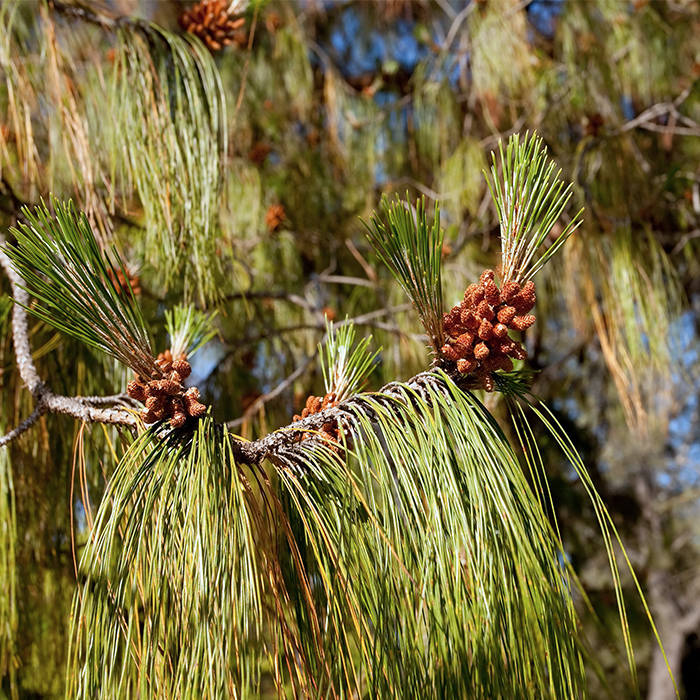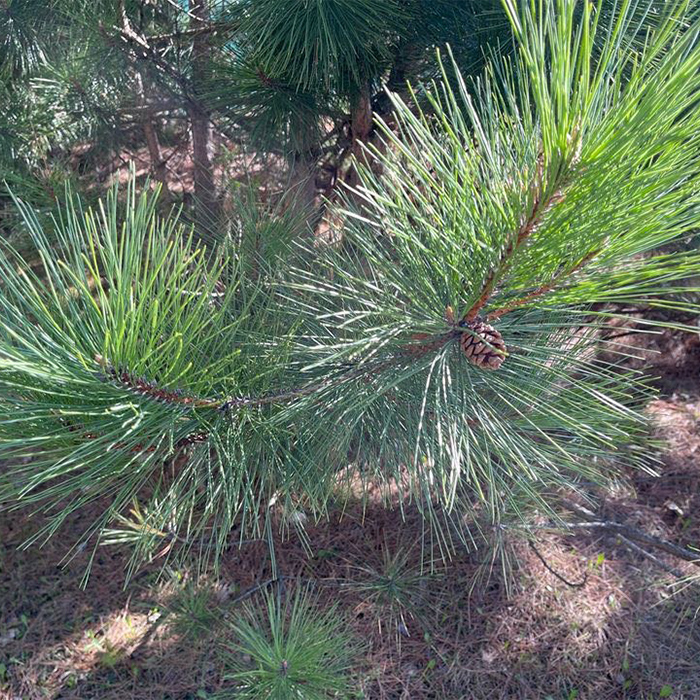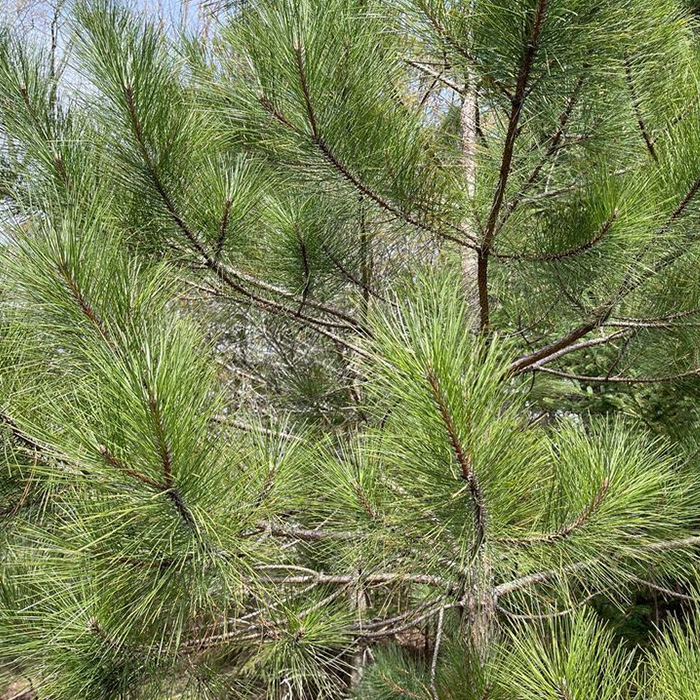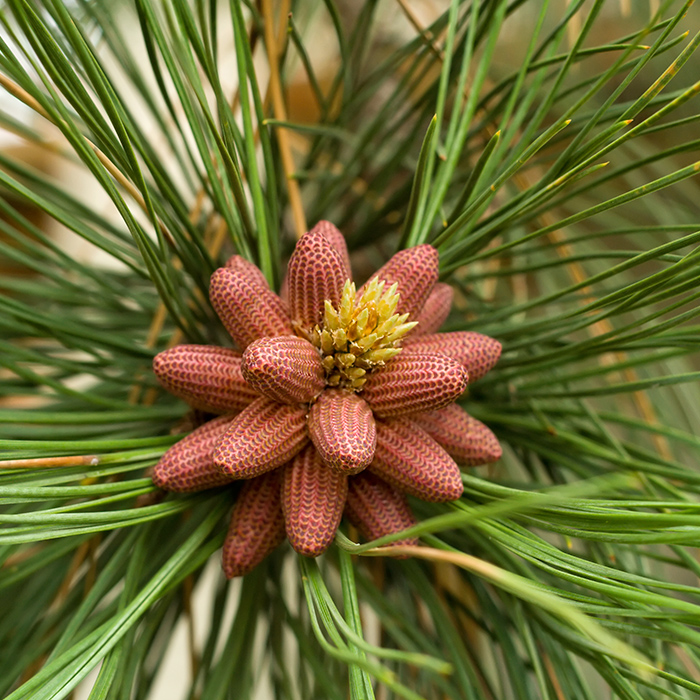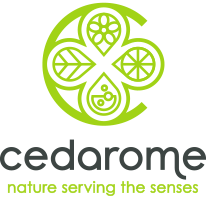Description
Red Pine essential oil is sourced from the Canadian Boreal forests. It is obtained from the needles and twigs of the Pinus resinosa tree through steam distillation. It is a colorless to pale yellow liquid with a typical conifer scent.
Olfactive Profile
Woody, green with a balsamic undertone, warm resinous aroma, lightly camphoric.
Woody
Green
Flavor Profile
Fresh and medicinal.
- Details
- Technical Sheet
- Downloads
- Sources
Details
Botany:
Pinus resinosa, commonly known as red pine, is a conical, straight-trunked, evergreen conifer. It typically grows to 35
meters in height, its bark is a light color, its branches grow spreading and ascending, its twigs are colored from orange to reddish-brown, needles are straight to slightly twisted. It is a member of the Pinaceae family and botanically classified as a conifer.
Ethnobotany:
Indigenous Peoples traditionally employed it for numerous uses, including the resin for caulking canoes and mending
roofs, however, it was mostly used for medicinal purposes. It was the most important timber pine in the Great Lakes
region and remains one of the most extensively planted species in the northern United States and Canada.
Uses:
Its turpentine content makes it an essential choice for household products, especially those intended for the maintenance of wood. In a circular economy approach, Cedarome uses the twigs and the needles left behind as by-products from the timber industry as a primary source for the production of Pinus resinosa essential oil. Applications include fine fragrance, flavour/food, cosmetics and aromatherapy.
Technical Sheet
Botanical name: Pinus resinosa
Botanical family: Pinaceae
Accepted synonyms: Red Pine, Norway Pine
Common names: Red Pine
Origin: Northeastern North America
Source: Canada
Cultivation Method: Wild harvested
Harvest period: May to October
Plant part used: Needles and twigs
Method of extraction: Steam distillation
Main components: α -Pinene, β-Pinene, Myrcene, I-Limonene
CAS: 8000-26-8 / 94266-48-5
INCI: Pinus resinosa needle oil
FEMA:
EC: 304-455-9
Appearance: Colorless to pale yellow liquid with a scent specific to conifers
Certifications and Declarations:
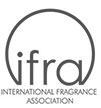

- Certificate of Analysis
- Safety Data Sheet
- Food Grade Statement
- Natural Statement
- Origin Statement
- GMO-Free
- Allergen
- No Animal Testing
- Prop 65
Downloads
Sources
BRIT – Native American Ethnobotany Database. (n.d.). Naeb.brit.org. http://naeb.brit.org
Integrated Taxonomic Information System. (2019). Itis.gov. http://www.itis.gov
Kricher, J. C., Morrison, G., National Audubon Society, National Wildlife Federation, & Tory, R. (1998). A
Field guide to Eastern forests : North America. Houghton Mifflin.
Marie-Victorin, Frère F.É.C, Luc Brouillet, Rouleau, E., Goulet, I., & Hay, S. (2002). Flore laurentienne. G.
Morin.
Moerman, D. E. (1998). Native American ethnobotany. Timber Press.
Petrides, G. A., Wehr, J., National Audubon Society, National Wildlife Federation, & Tory, R. (1998). A field
guide to eastern trees : eastern United States and Canada, including the Midwest. Houghton Mifflin.
Welcome to the PLANTS Database | USDA PLANTS. (2016). Usda.gov. http://plants.usda.gov


